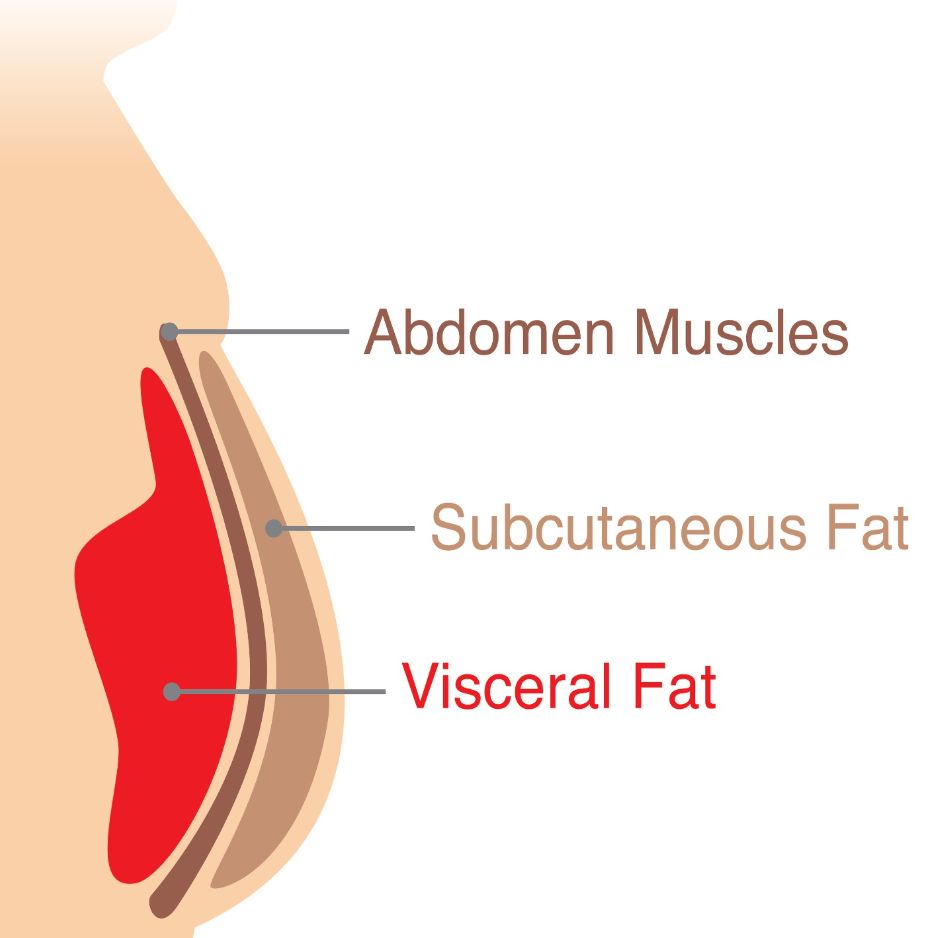The Amazing Egg

Did you know that your everyday egg is an incredible nutritional powerhouse?
Here at BodySpec, we love eggs, and recently we've grown to love them even more. Just this week, the government agencies that set the Dietary Guidelines for Americans has announced they will be withdrawing longstanding warnings about dietary cholesterol, after finding that cholesterol need no longer be categorized as a “nutrient of concern.”
So, what exactly makes the egg an all-around superfood? Check out this nutritional breakdown of a typical large egg:
- 72 calories
- 6.3 grams protein
- 4.5 grams fat
The white part of the egg contains mostly protein, while the yolk contains a mix of protein and fat. The yolk also contains vitamins A,D,E and K - all of these are important fat soluble vitamins needed by the body.
Eggs are particularly high in the following micronutrients:
- Choline (35% of daily value) - brain development/memory
- Selenium (28% of daily value) - thyroid function, prostate health
- Biotin (27% of daily value) - insulin regulation, skin health
- B12 (23% of daily value) - many functions, such as red blood cell production and aerobic energy metabolism
As you can see, most of the micronutrients found in an egg are in the yolk, so don't throw it out! Egg white recipes became a trend when removing dietary cholesterol was a big concern. Since that concern has been debunked, enjoy that yolk in all its nutritional glory!
Organic, All-Natural, Cage-Free, oh my! Which is best?
Buying eggs isn’t as simple as it once was. These days we're faced with a multitude of choices. The best you can do is understand what the labels are telling you, and decide which eggs at what price make the most sense for you and your family!
Regular - Commercially farmed chickens are most likely raised in "battery cages" which are small cages that can be stacked in order to maximize the number of chickens the farmer can fit in the barn. These birds will have clipped wings and beaks. They'll often have no exposure to sunglight, exercise, or a natural diet, and are likely given antibiotics to keep them from getting sick.
All-natural - This label means nothing. There's no law regulating the use of this term, so it's simply a marketing technique to make these eggs look healthier from the packaging. Ignore!
Cage-free - These hens are not raised in cages, but generally in an open floor space in a barn in relatively close quarters with other hens. These hens likely have clipped wings and beaks, little exposure to sunlight, and are fed a diet of non-organic grains.
Free-range - These birds must have access to the outdoors, but since there is no legal definition for free-range eggs in the US, the type of outdoor land and how much time the birds get outside vary widely.
Organic - Look for the USDA organic seal to be sure that these eggs are from hens fed a diet of organic, non-genetically engineered feed. The grains must have been produced on land that has been free from use of toxic pesticides and fertilizers for at least three years. The hens must also be raised without hormones or antibiotics.
Pasture-raised - This is hopefully what you would find at your local farmer's market, and you can ask the vendors exactly how their hens are raised! You'll pay the highest price, but these are probably the only hens which actually roam free on open grassland and eat a natural diet of bugs, worms, and grasses. Not surprisingly, these are the healthiest birds and eggs.
Brown vs. White - Simply a matter of genetics (like eye color in humans), with no difference in nutritional content!
A nutrition-related side note. Research results are mixed, but some evidence shows that organic and pasture-raised eggs have higher omega-3 and micronutrient content than conventional eggs, so that extra cost does buy you something!


